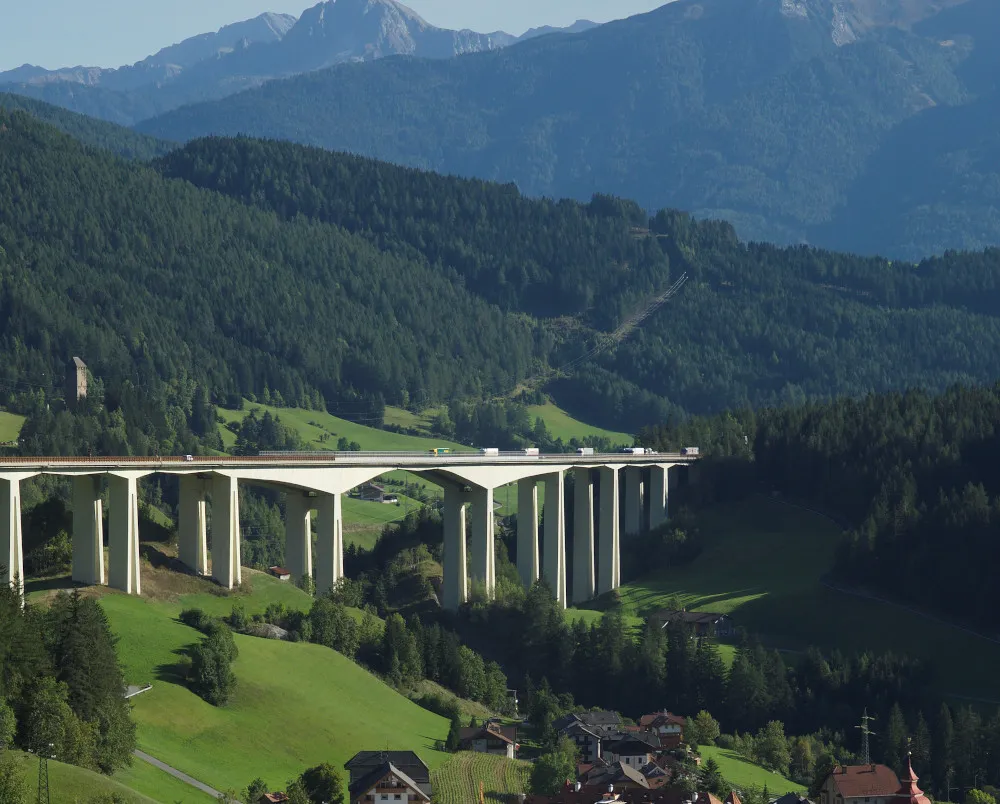A programme of works aimed at eliminating all the rail crossings in Australia’s Victoria State is being established. The work is expected to cost US$705 million (A$1 billion). Eight level crossings will be removed in the north of Melbourne during 2019. In all, 75 level crossings in Melbourne will be removed by 2025. The aim of the plan is to improve safety, replacing the level crossings with either bridges or underpasses.
May 17, 2019
Read time: 1 min
A programme of works aimed at eliminating all the rail crossings in Australia’s Victoria State is being established. The work is expected to cost US$705 million (A$1 billion). Eight level crossings will be removed in the north of Melbourne during 2019. In all, 75 level crossings in Melbourne will be removed by 2025. The aim of the plan is to improve safety, replacing the level crossings with either bridges or underpasses.






